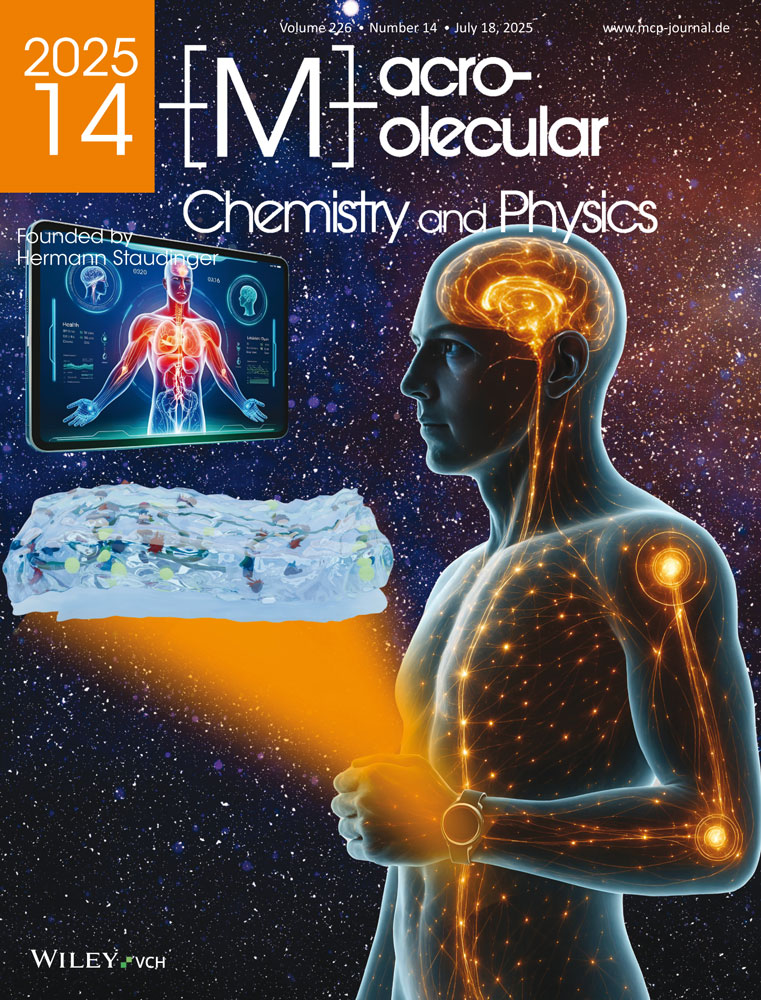Study of the molecular structure of ethylene-propylene copolymers obtained with catalysts of different composition
Abstract
The monomer composition and sequence distribution in ethylene-propylene copolymers (EPCs) obtained with supported titanium/magnesium (TMC) and vanadium/magnesium (VMC) catalysts as well as with titanium trichloride was studied by means of 13C NMR spectroscopy. Based on these data ethylene-propylene reactivity ratios were determined. The EPCs obtained on these catalysts are inhomogeneous in composition; the soluble fractions contain larger amounts of propylene. The microstructures of copolymers obtained on TMCs and TiCl3 are similar. For EPCs obtained on VMCs, propylene “head-to-head” or “tail-to-tail” inversions and a more homogeneous distribution of propylene are observed.




